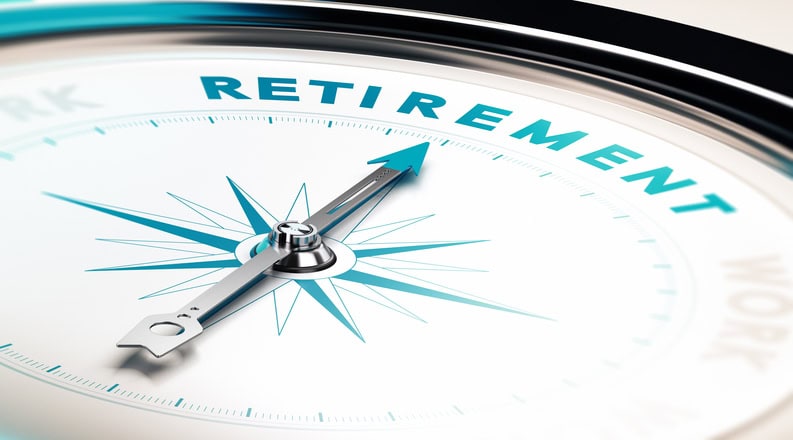You’re offering a retirement plan, and you want to make sure that it benefits employees—as well as the company—to the greatest extent possible. Making good use of plan design and the elements of the plan are a key factor in achieving that goal.
“Companies offer these plans for several reasons, primarily to attract and retain talent, provide financial security to employees in retirement and foster loyalty and commitment among workers,” says October Three in “Understanding the Top 10 Ways to Optimize your Retirement Plan.” They argue that how a plan is managed is central to its success, and that plan design and plan elements are part of the equation.
Plan Sponsors Key
Plan sponsors are of key importance in considering and adopting new plan options. The Retirement Research Center in “Retirement Income Solutions: A Recordkeeper Study,” a June 2024 report arising from two online surveys the center conducted in the first quarter of 2024, said that 86% of recordkeepers responded that their development of new income solutions was “primarily contingent” on plan sponsor demand, and noted that plan sponsors often consider those options in light of how rollovers and withdrawals could affect the plan.
Optional Features
There are optional provisions of the SECURE 2.0 Act that make it possible to adopt new and different plan features. Fidelity in June 2024 conducted a survey of 2,000 clients about their interest in adopting those features.
Catch-up contributions. Starting with plan years that begin in 2025, it will be possible to increase the catch-up contribution limit for participants who are between the ages of 60 and 63. Fidelity found that this was the optional plan provision under the SECURE 2.0 Act that plan sponsors were most likely to adopt. To the tune of 88% of the plan sponsors that said they have considered the option. Fidelity adds that they evinced a “strong interest” in expanding participants’ saving options and in helping them heighten their retirement readiness.
Handling emergencies. There are a variety of withdrawals and distributions allowable for the purpose of handling various kinds of emergencies in which plan sponsors show great interest.
- Withdrawals in response to federal declared disasters. Eighty percent of plan sponsors that have considered allowing such withdrawals told Fidelity that they are likely to adopt a plan feature. Fidelity says in its report that it expects there will be “strong adoption” of a feature allowing such withdrawals—because of the expansion of the kinds of disasters for which such withdrawals can be made, as well as tax treatment that makes it more likely such withdrawals will be made.
- Domestic abuse. Just over three quarters—76%—of plan sponsors that have considered allowing eligible distributions from retirement plan accounts for domestic abuse victims. Fidelity adds the reminder that plans that offer qualified joint and survivor annuities cannot offer a digital option because of spousal consent requirements.
- Withdrawals for emergency expenses. Employers find allowing such withdrawals to be a useful tool in attracting and keeping employees, Fidelity says. Accordingly, 65% of plan sponsors that have considered this plan feature are likely to add it.
Self-certification. As a way to streamline plan administration, Fidelity says, 80% of plan sponsors that have considered allowing plan participants to self-certify when seeking distributions to cover hardships and unforeseen emergencies are likely to adopt it.
Innovative Design
The shift from defined benefit to defined contribution plans had a variety of effects, October Three observes, including shifting risk from the employer to the employee. But while DC plans have advantages, October Three says, at the same time there are people who miss the guaranteed lifetime income DB plans can offer.
They note that there now are hybrid plan designs that incorporate features of both DC and DB plans. Such plans, they say, make it possible for plan sponsors “to offer a modern, innovative plan design” that is “sustainable with stable contributions and minimal risk for plan sponsors,” something they argue reduces risk and “fosters employee loyalty and engagement.”
Evaluate the Plan
October Three advocates taking a look at a retirement plan, positing that a review has even greater value if a plan sponsor offers multiple retirement plans. After all, they observe, “offering more than one retirement program can quickly become complicated.”
Doing so, they argue, will help not only the employer but also the employees—by enabling them to better grasp how the plans work together and how they can best follow an “optimal savings strategy,” make the most of plan features and achieve savings goals.
Outside Review
It is possible to be too close to and familiar with something to do as effective an evaluation as could someone who was more detached—and October Three argues that review of a plan by a third party can be useful.
“A review by an unbiased actuary can open up new possibilities for the plan’s health and management,” says October Three. Such reviews, they observe, ordinarily look at the plan’s funded status and expenses; the contributions it makes; the premiums it pays to the Pension Benefit Guaranty Corporation; actuarial assumptions concerning the plan; and the costs that could be entailed if the plan was terminated.
The information gleaned from such a review, they argue, will help a plan sponsor make more informed decisions and better manage risk. “Armed with a comprehensive understanding of these aspects, you can chart a course for the future,” says October Three, and better ensure the plan’s financial stability.

